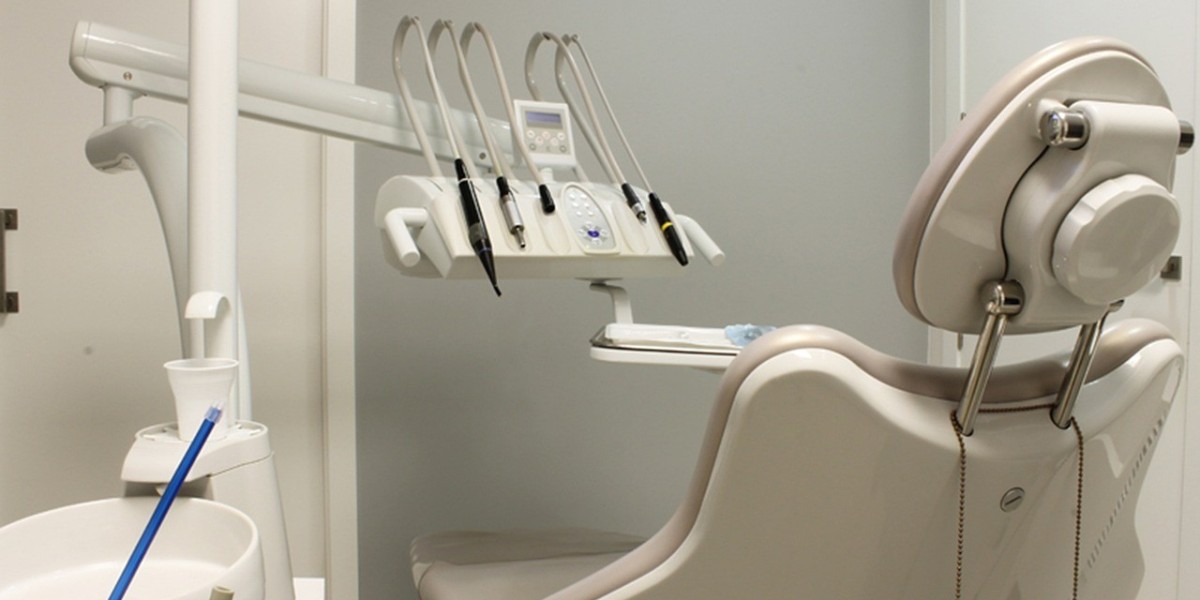A root canal treatment is often perceived as one of the most dreaded dental procedures. However, when performed by a skilled dentist, it can be a lifesaver for preserving your tooth and alleviating pain. If you're experiencing severe toothaches or sensitivity, a Root Canals Oakville be the solution you need. In Oakville, root canals are commonly performed by experienced dental professionals who understand the nuances of the procedure and offer compassionate care.
This guide will cover everything you need to know about root canals in Oakville, from what they are, when they are necessary, to what you can expect during and after the procedure.
What is a Root Canal?
A root canal is a dental procedure aimed at treating infection at the center of a tooth (the root canal system). The root canal is the natural cavity inside the center of your tooth. It contains soft tissue known as the pulp, which is made up of blood vessels, nerves, and connective tissue. If the pulp becomes infected due to cavities, cracks, or other damage, the infection can spread, causing severe pain, swelling, and even tooth loss if not treated promptly.
The root canal procedure involves removing the infected pulp, cleaning the inside of the tooth, and sealing it to prevent further infection. This procedure allows you to save a tooth that might otherwise need to be extracted.
When Do You Need a Root Canal?
Signs You May Need a Root Canal
Certain symptoms may indicate that a root canal is necessary. If you notice any of the following, it’s important to schedule an appointment with a dentist in Oakville as soon as possible:
- Severe Tooth Pain: Persistent or sharp pain, especially when chewing or applying pressure.
- Tooth Sensitivity: Sensitivity to hot or cold temperatures that lingers long after the stimulus has been removed.
- Swollen Gums: Swelling or tenderness around the tooth, often accompanied by an abscess or pimple-like bump on the gums.
- Discoloration of the Tooth: A tooth that becomes darkened or discolored may indicate damage or infection within the pulp.
- Chronic Bad Breath: Foul-smelling breath or a persistent bad taste in the mouth, which may result from an infection in the tooth.
Why is a Root Canal Necessary?
A root canal becomes necessary when the pulp inside the tooth becomes infected or damaged. This can happen due to:
- Deep Cavities: Untreated cavities that penetrate the enamel and reach the pulp.
- Cracked or Fractured Teeth: Teeth that are cracked or broken can expose the pulp to bacteria.
- Repeated Dental Procedures: Multiple fillings or other dental work on the same tooth can lead to pulp damage.
- Trauma to the Tooth: A direct blow or injury to the tooth may cause pulp damage even without visible cracks.
If left untreated, an infected tooth can lead to abscess formation, spread the infection to surrounding teeth and gums, and ultimately result in tooth loss. A root canal prevents these complications by eliminating the infection and saving the tooth.
The Root Canal Procedure in Oakville
Step 1: Diagnosis and Consultation
The first step in a root canal treatment is a thorough examination. The dentist will review your medical history, examine your teeth, and may take an X-ray to assess the extent of the infection. Based on the diagnosis, the dentist will discuss treatment options and recommend the best course of action.
Step 2: Preparing for the Procedure
Before performing the root canal, the dentist will administer a local anesthetic to numb the affected area. This ensures that you won’t feel any pain during the procedure. For patients who are anxious or nervous, sedation options may be offered to help you feel relaxed and comfortable.
Step 3: Removing the Infected Pulp
Once the area is numb, the dentist will create a small opening in the top of the tooth to access the pulp chamber. Using specialized tools, the dentist will remove the infected pulp, cleaning the inside of the tooth thoroughly to eliminate all bacteria and debris.
Step 4: Sealing the Tooth
After cleaning the tooth, the dentist will fill the hollowed-out pulp chamber with a biocompatible material, usually gutta-percha, to seal it and prevent future infections. In some cases, a temporary filling may be placed to protect the tooth until a permanent restoration is completed.
Step 5: Placing a Crown or Filling
After the root canal, the tooth is usually weak and may require a dental crown to restore its structure and function. In some cases, a large filling may be sufficient, but a crown provides additional protection. Your dentist will discuss the best options for restoring your tooth to its full functionality.
Aftercare and Recovery
What to Expect After a Root Canal
Most people experience little to no pain after a root canal procedure due to the numbing agents used during the treatment. Some mild discomfort, swelling, or sensitivity may occur as the tooth heals. This is normal and can usually be managed with over-the-counter pain medication.
Tips for Recovery:
- Avoid Chewing on the Treated Tooth: After the procedure, avoid chewing directly on the treated tooth until it is fully restored with a crown or permanent filling.
- Maintain Good Oral Hygiene: Brush and floss your teeth regularly to prevent further infection. Be gentle around the treated area.
- Follow Up Appointments: You will need a follow-up visit to ensure that the healing process is progressing and to discuss the next steps in restoring the tooth.
If you experience severe pain, swelling that doesn’t subside, or any signs of a developing infection, contact your Oakville dentist immediately for further care.
Benefits of Choosing Root Canal Treatment
Saves Your Natural Tooth
The primary benefit of a root canal is that it saves your natural tooth, preventing the need for an extraction. Saving your tooth is always preferable to extraction because it preserves the natural function of your mouth, including your ability to chew and speak normally.
Prevents the Spread of Infection
A root canal treatment effectively eliminates the infection inside the tooth, preventing it from spreading to surrounding tissues or other teeth. This can prevent the need for more extensive dental work down the road.
Minimally Invasive
Root canal procedures have become less invasive and more comfortable with advancements in dental technology. The procedure is typically completed in one or two visits, depending on the severity of the infection.
Conclusion: Is a Root Canal Right for You?
A root canal in Oakville is an effective way to treat an infected tooth and preserve it for years to come. While the procedure may seem daunting, it is a routine dental treatment performed by skilled professionals who prioritize patient comfort. If you're experiencing symptoms of a tooth infection or are concerned about the health of your teeth, don't hesitate to reach out to a trusted dentist in Oakville for a consultation.








